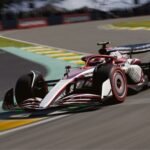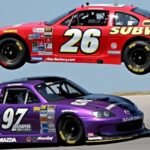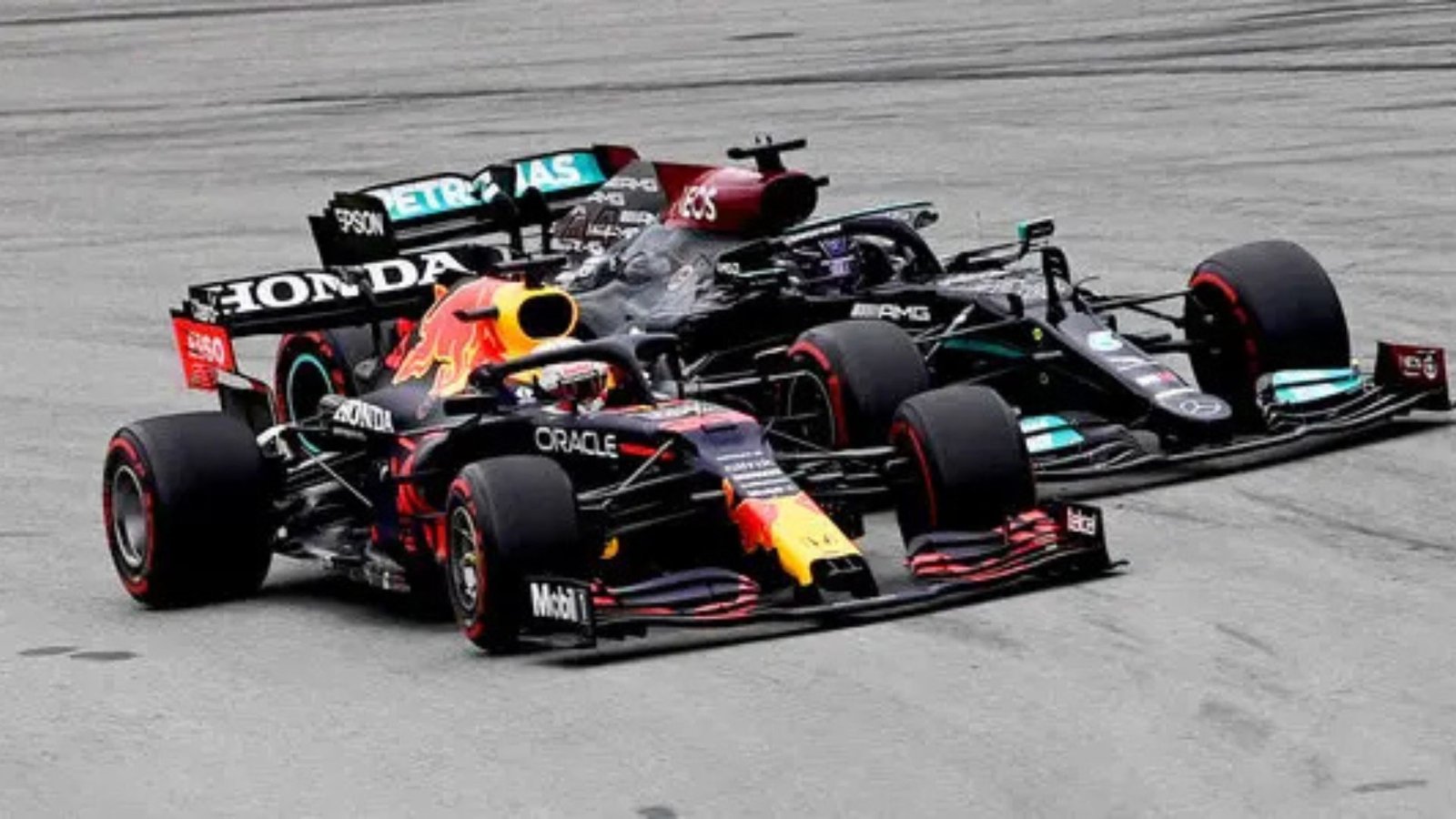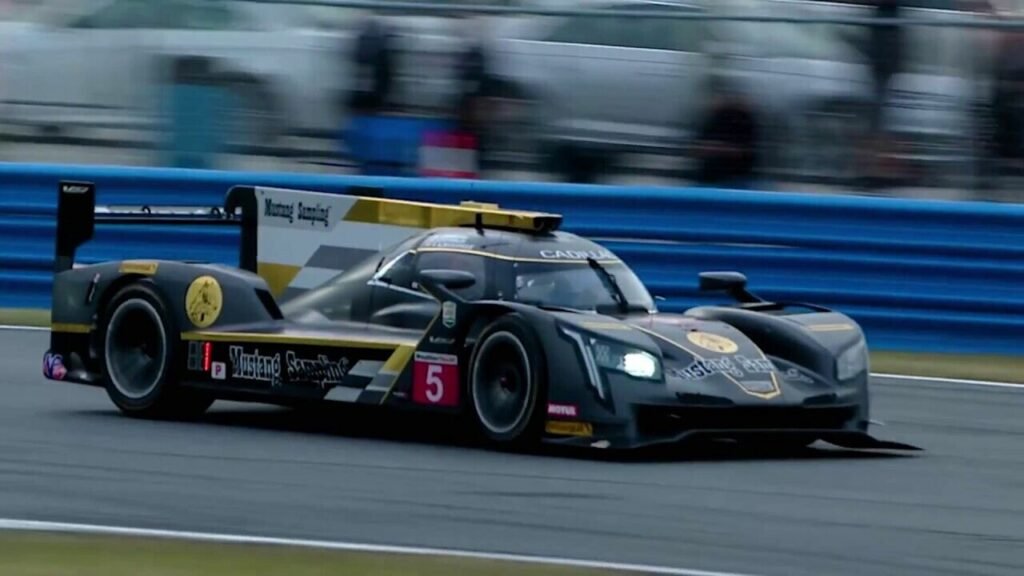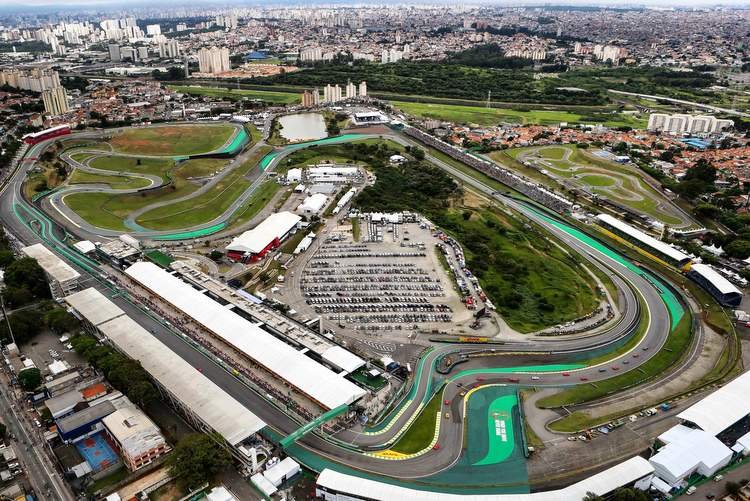Professional motor racing is a thrilling sport, but safety is always the top priority. Drivers, teams, and event organizers focus on protecting everyone involved. Let’s look at the key safety measures that make Professional Motor Racing Events safer.
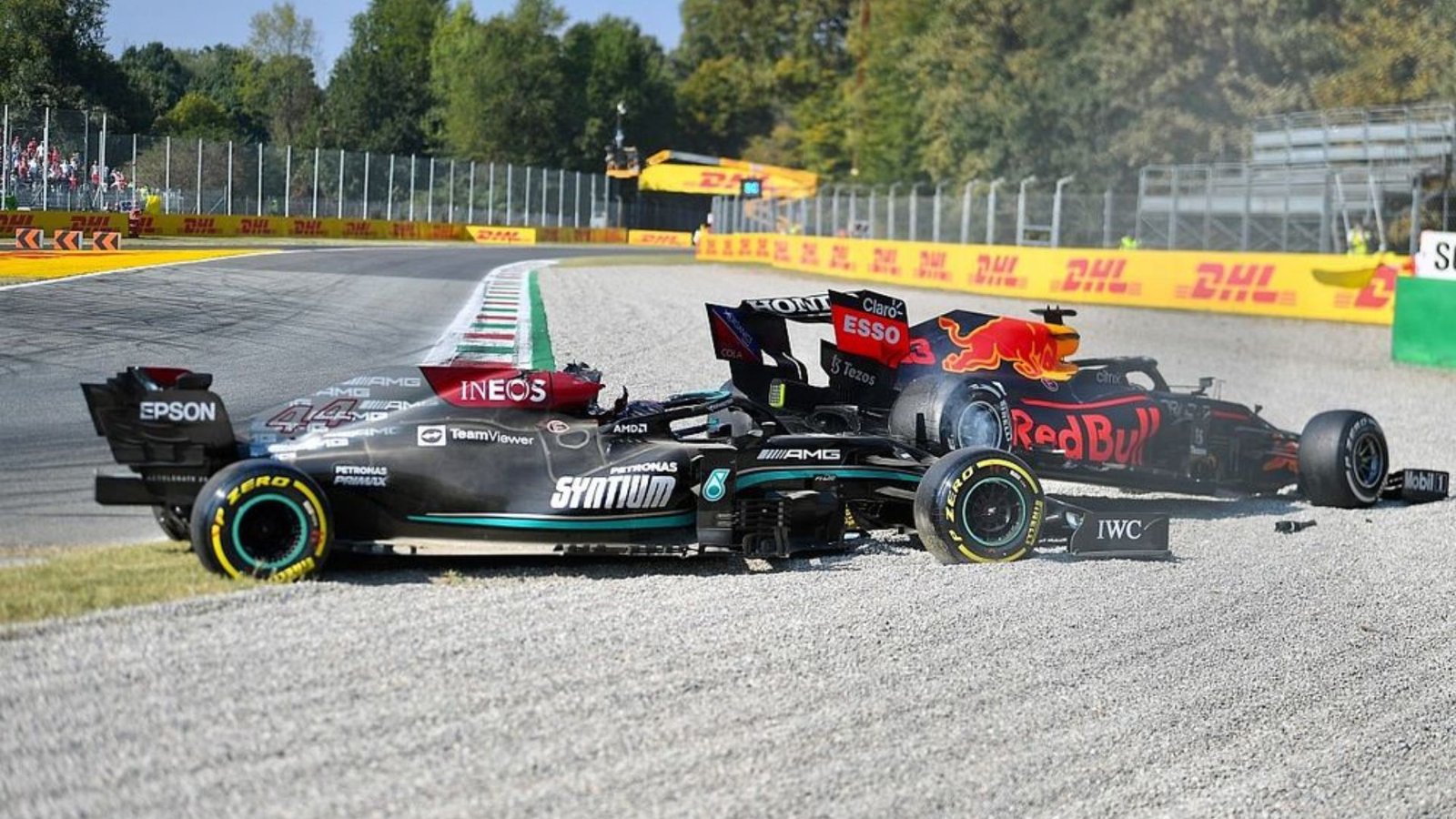
Advanced Safety Gear For Drivers
Drivers wear advanced gear to protect themselves during races. The most crucial safety gear includes helmets, suits, gloves, and shoes.
- Helmets protect drivers from head injuries. They’re designed with strong materials and fire-resistant linings.
- Racing suits offer fire protection and prevent burns during accidents.
- Gloves help maintain grip on the steering wheel. They are fire-resistant too.
- Racing shoes keep drivers safe from burns and provide better control.
These safety measures help reduce the risk of serious injuries.
Vehicle Safety Features in Motor Racing
Modern race cars come with safety features to protect drivers during crashes. These features reduce the risk of injury and increase safety on the track.
- Roll cages protect drivers during rollovers or impacts. They prevent the car from collapsing.
- Impact-absorbing materials help absorb crash forces. They keep drivers safe from severe injuries.
- Fire suppression systems quickly put out any fires that start during the race. These systems work automatically.
Speed, Excitement, and the Thrill of Competition
New Jersey Motorsports Park is all about high performance, precision, and the adrenaline rush of motorsport action. Reflecting that same spirit of excitement, jackpotjillvip Games delivers fast-paced entertainment and engaging digital experiences for users who love competition. Both showcase passion, strategy, and the joy of pushing limits. Whether on the track or online, the pursuit of fun and excellence drives the experience forward.
These safety features ensure the driver’s protection in case of a crash.
Track Design and Safety Features
Race tracks are designed with safety in mind. The design minimizes the risk of accidents and helps protect drivers.
- Runoff zones give drivers a safe area to slow down after a crash. They are filled with gravel or other materials to absorb impact.
- Barriers and fencing prevent cars from leaving the track or entering the crowd. High-strength barriers absorb crash forces and protect spectators.
- Track marshals and medical teams are ready to respond quickly. They provide immediate assistance if a driver is injured.
Track safety features help reduce the impact of crashes and protect everyone involved.
Driver Training and Simulation
Training is essential to prevent accidents. Drivers practice handling their cars in challenging conditions and learning emergency maneuvers.
- Simulators allow drivers to practice racing without the risks. They prepare drivers for different track scenarios.
- Driver briefings help drivers understand the track conditions. They also review safety protocols and emergency plans.
Training prepares drivers to handle emergencies quickly and safely.
Post-Race Medical Check-ups
After the race, drivers undergo medical check-ups to make sure they are in good health. These checks can detect injuries like concussions, dehydration, or muscle strain.
- Medical teams are available during the race and after. They offer immediate care if needed.
- In serious cases, helicopters quickly transport injured drivers to hospitals.
Post-race medical care ensures drivers are fit and safe after each race.
Conclusion
In professional motor racing, safety always comes first. From driver gear to car features and track design, everything is carefully planned for maximum protection. Continuous improvements in technology and training help reduce the risks associated with the sport. As safety measures improve, motor racing remains a thrilling yet safe sport for everyone involved.



